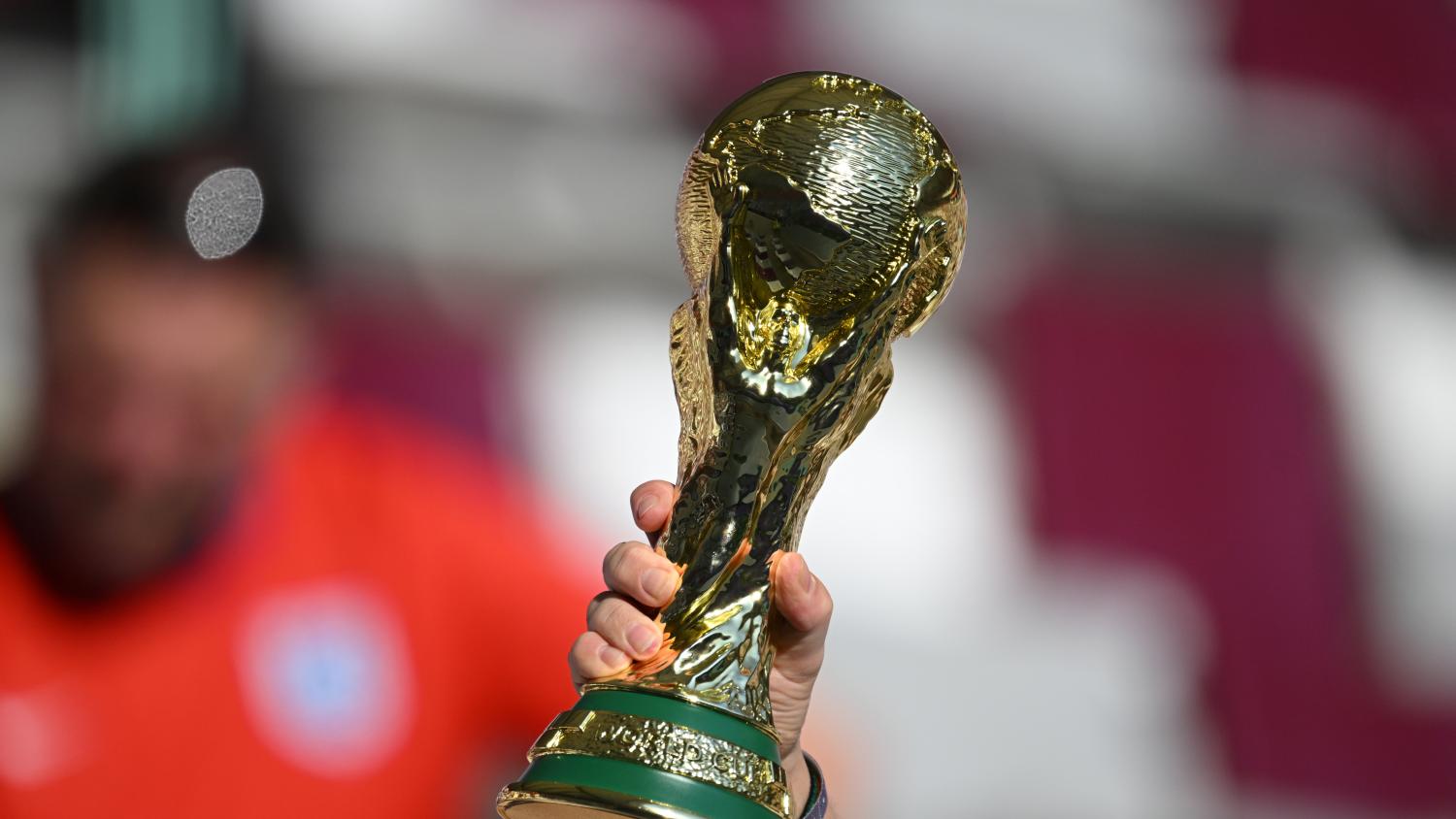As the second round of games for teams at the World Cup begins fans will start to figure out who needss what to make it out the group stage. Let’s refresh our memories on how the World Cup group stage tiebreakers work for those wondering what happens when teams tie on points.
World Cup Group Stage Tiebreakers
When two teams tie on points after three games there are several tiebreakers that will be looked at. Those five tiebreakers are considered in this order:
- Goal difference
- Goals for
- Head-to-head
- Bookings
- Drawing of lots
Goal difference
The first tiebreaker is simple. Take the number of goals a team scored in its three group games and subtract that number by the goals the team conceded. Whichever of the two tied teams has the better number goes through.
Goals for
Self-explanatory. FIFA considers scoring goals more important than good defense. The team with the more goals scored goes through.
Head-to-head
If the two tied teams couldn’t be decided from the first two tiebreakers, then the winner of their meeting goes through.
Bookings
The fair play record is a controversial rule that was used in the 2018 World Cup. Japan and Senegal tied on points, tied each other, had an identical goal difference and the same number of goals scored.
Japan would advance from the group because they received less yellow cards than Senegal in the group stage.
The way a team’s fair play number is accounted for is by these guidelines:
- yellow card = -1
- two yellow cards in the same game = -3
- straight red card = -4
- a yellow card and a straight red card = -5
Drawing of lots
This one is basically a coin toss. If the teams are STILL tied after the first four tiebreakers, then the advancing team will be randomly selected.
A member of the World Cup committee would be part of a public draw where two balls with the country names inside are placed in a pot. The World Cup committee member will pick one ball, revealing the team that advances.
This has only been done once before in the 1990 World Cup for Ireland and Netherlands.



